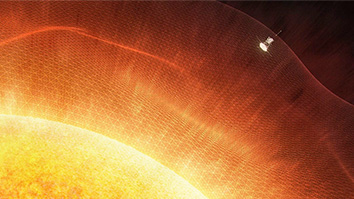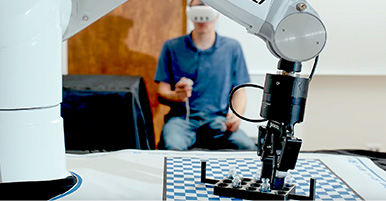Citation
Kobayashi, T., & Shockey, D. A. (2010). Fracture surface topography analysis (FRASTA)—development, accomplishments, and future applications. Engineering fracture mechanics, 77(12), 2370-2384.
Abstract
In the late 1970s, Dr. George Irwin suggested to his colleagues at the University of Maryland that valuable information about a fracture event was recorded in fracture surface topography. Under his urging, Takao Kobayashi, an associate professor at the time, began quantifying and interpreting topographical features. Over the subsequent 30 years the procedures for quantifying and interpreting fracture surface topography grew continuously into an established technology that allows a fracture event to be reconstructed in microscopic detail. FRASTA (fracture surface topography analysis) has now been applied to achieve solutions to a wide variety of failure problems. This paper chronicles the historical development of FRASTA, recounts several notable achievements, and presents the plan for further development and future applications.


